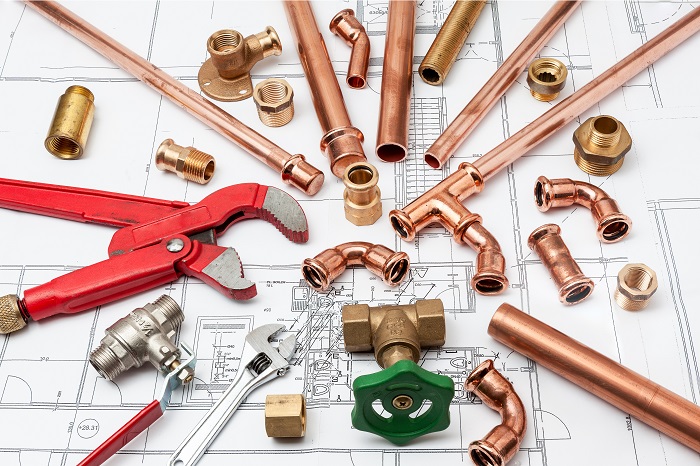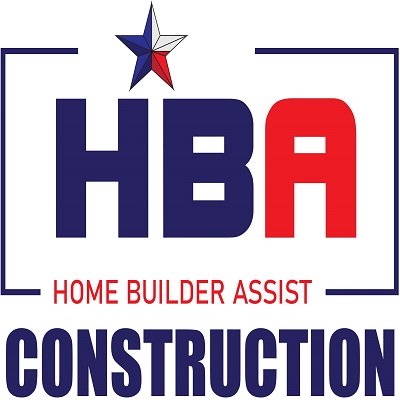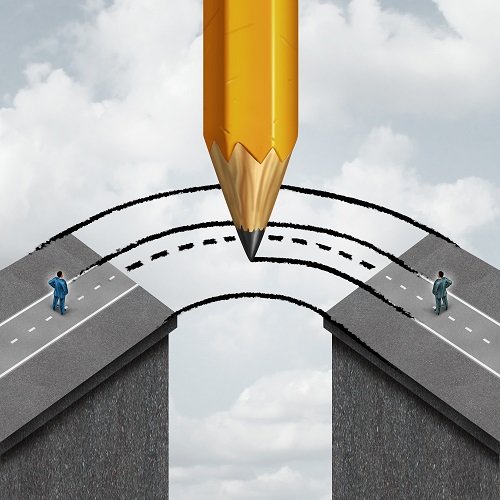Connecting Utilities
Chances are the basic utilities needed to service your home have already been installed under the street in front of your building site if you have chosen to build near a city, larger town or residential subdivision..

During the installation of these larger utility mains, each individual building site is served by a smaller branch or “lateral” line, that is capped off and remains unused until a house is built, at which time each of the lateral lines are extended and connected to your home, thus supplying you with all of the services the municipality offers.
If your property is located in an unincorporated portion of your county, then these fees are less likely to apply in your situation.
Utilities in Subdivisions
In most cases, an initial connection fee applies. Typical municipal services include:
Water: During utility installation, an underground valve called a “curb-stop” is installed at the end of the water lateral. During home construction, a copper or plastic water line is connected to the curb-stop and runs to your home, supplying it with water. The curb-stop valve allows a plumber to turn off the municipal water supply to your home if necessary.
Sewer: A sewer pipe runs from your home, out to the street where it connects to the municipal sewer mains. Sewer pipes are laid at a slight pitch, so gravity will transport all the waste water from your sinks, showers, clothes washers, toilets and dishwashers to the sewer mains, and on to the municipal waste water treatment plant.
Electricity: Because high voltage electrical lines are so dangerous, utility companies make their connections in an above-ground, tamper-proof box, called a “pad-mount transformer”, that is locked at all times. The electric company controls the entire process of supplying the electrical service all the way from the power plant right into your home. A licensed electrician handles the rest of the electrical installation work during your home construction.
Natural Gas: Many municipalities supply natural gas to homeowners through pressurized pipes. Similar to a curb-stop on a water line, there is also a valve at the connection point between your private gas lateral and the larger gas main. This provides the ability to turn off the gas supply to your house if necessary, or in an emergency.
Cable and Telephone: In years past, the telephone company would install phone and cable TV lines into your home. The phone company would hook up your phone service and the cable company would provide you with a cable box to connect to your television. Technology in these areas have changed so rapidly, and continue change at an incredible pace. It’s hard to give an accurate example of how these communications services are currently handled. Due to smart phone proliferation, most homeowners don’t even install land-line phones anymore. New satellite and wireless technologies constantly change the way we use television and computers. As you plan your home building project, be sure to contact professionals in these areas to make sure that you install the most up-to-date infrastructure into your home as you build.



